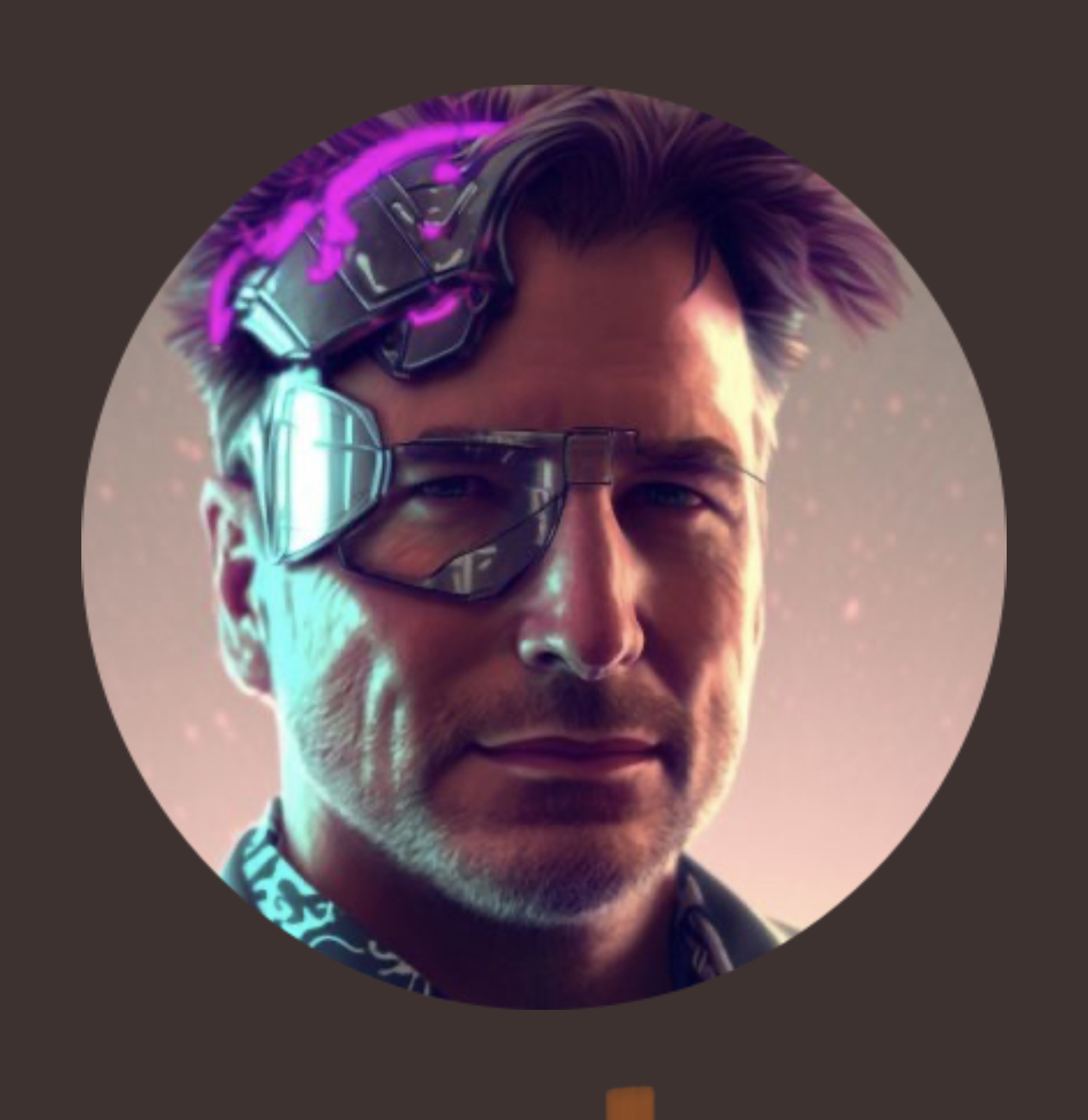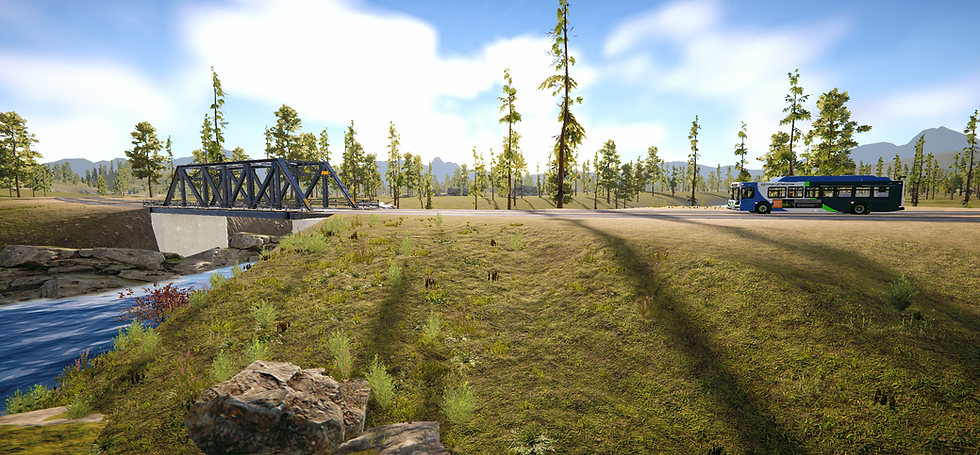Mastering Bus Driving Scenarios like bridges in Virtual Reality: Safe Training for Real-World Challenges
- Jeff Rayner
- Dec 21, 2023
- 2 min read
In the era of advanced technology, extended reality (XR) has emerged as a groundbreaking tool for driver training, and we at DoT are leading the way in bringing these tools and techniques into the classroom and everywhere.
XR refers to the ability to blend real world components (like steering wheels and pedals) with virtual visuals representing dangerous situations and scenarios, so that users can learn and practice safer driving in an immersive and effective training experience. Driving a bus is typically an endeavor that involves significant challenges and risks. VR combined with driver simulators offers an innovative, safe, and effective approach to this training, particularly in handling complex scenarios like driving across dangerous bridges or navigating hazardous conditions that are difficult or impossible to replicate in the real world.
Navigating the Dangerous Bridge Scenario
One of our current clients has asked us to rebuild a virtual digital twin of a problematic bridge, to allow trainees to practice safe maneuvers and the various scenarios that may result. This scenario can be fraught with challenges in real life, such as dealing with narrow lanes, structural weaknesses, dangerous barriers, poorly defined lanes, and more.
Image 1 - A screenshot from our driver training bridge module.
Our simulation helps drivers focus on better decisioning, particularly with regards to:
1. Simulation of Conditions: VR can simulate specific environmental conditions that affect bridge crossing, like strong winds or slippery surfaces due to rain.
2. Stress Management: By repeatedly facing these challenging situations in a virtual environment, drivers can learn to manage stress and maintain focus under pressure.
3. Decision-Making Skills: VR training enhances decision-making skills by presenting real-time challenges and requiring immediate responses, similar to real-world situations.
Image 2 - A birds eye view of the bridge module, showing various river crossing locations
Practicing Unreplicable Scenarios
Certain driving scenarios are either too dangerous or impractical to set up in real life for training purposes. VR technology fills this gap effectively.
1. Emergency Situations: Simulating emergencies like brake failure, sudden obstacles on the road, or mechanical malfunctions helps drivers prepare for unexpected situations.
2. Extreme Weather Conditions: VR can replicate extreme weather conditions like snowstorms, heavy rain, or fog, which are often challenging for bus drivers.
3. Crowd Management: Scenarios involving crowded streets or evacuation situations can be safely replicated and practiced in VR.
In addition to the bridge training module, these scenarios are also covered in our advanced skills driver training program.
The Future of Driver Training
The use of VR in bus driver training is not just a futuristic concept; it’s a current reality that’s continually evolving. As VR technology becomes more sophisticated, its applications in driver training are expanding. This technology is not only transforming the way we train bus drivers but also enhancing road safety and preparedness for real-world challenges.
In conclusion, VR offers an unparalleled platform for training bus drivers. It provides a safe environment to practice, learn from mistakes, and improve skills without real-world risks. As this technology continues to advance, its role in driver training will undoubtedly become more integral, making our roads safer and better prepared for any challenges they might face.
PS We also offer our complete suite of driver training modules in non-VR formats, like single screen, and multi-monitor display set-ups.






Comments